Affiliate links on Android Authority may earn us a commission. Learn more.
Sub-6GHz 5G is more important than mmWave: What you should know
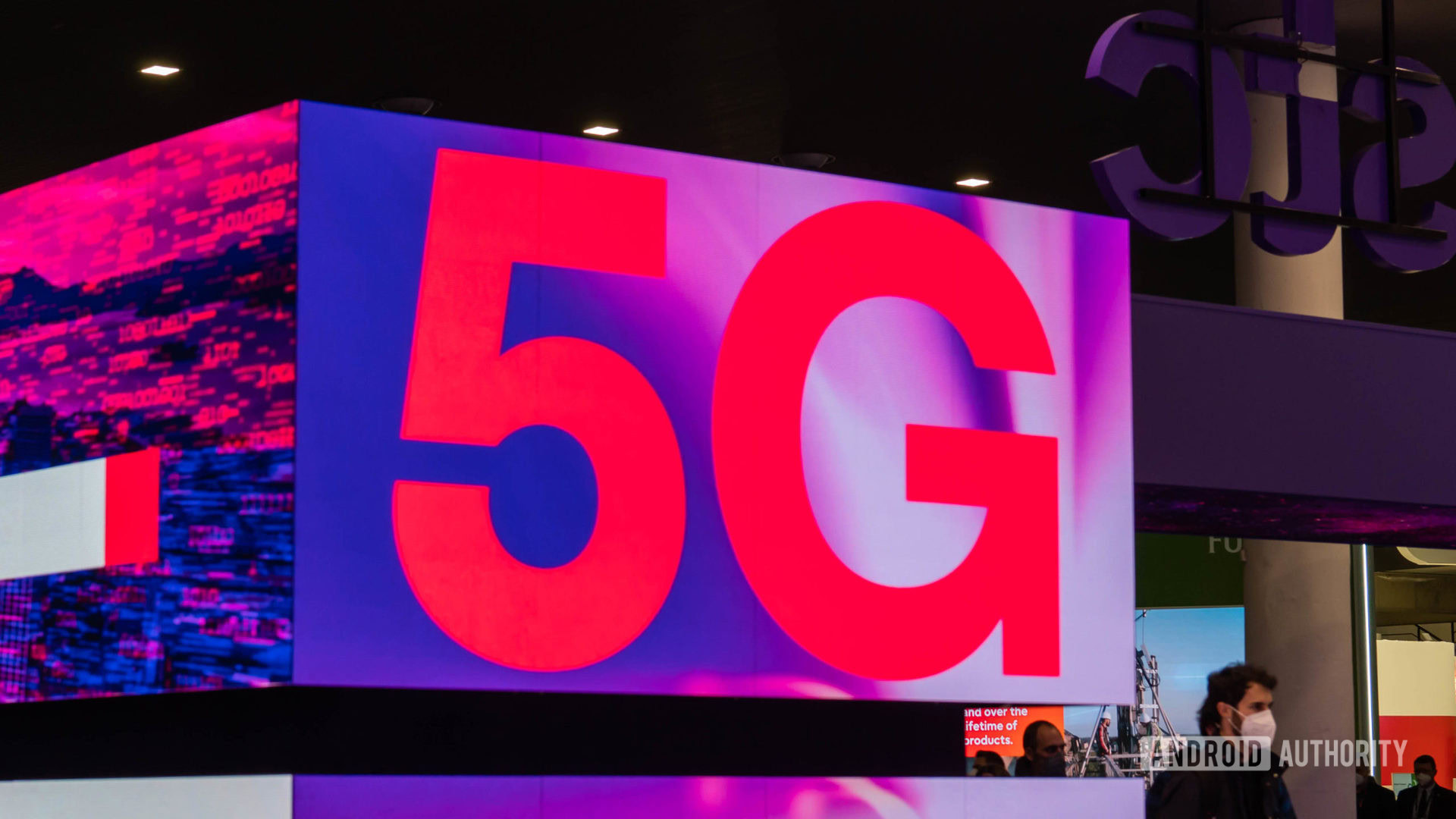
Similar to previous cellular generations, the 5G spectrum is divided into multiple frequency bands. Although this time around, 5G aims to use vastly more spectrum than ever before. On the one extreme, we have millimeter waves (often referred to as mmWave) and, on the other, frequencies that lie in the sub-6GHz spectrum. Both are key parts of 5G deployments, yet offer vastly different benefits and drawbacks.
In the past, you had little choice when picking out 4G capabilities, besides gradually improving support for techniques like carrier aggregation. Today, inexpensive smartphones offer comparative LTE speeds to more premium devices. Sure your flagship smartphone may boast higher theoretical speeds and newer technologies than a budget option, but these seldom translate into more than a few Mbps difference in the real world. With 5G however, we now have two distinct frequency ranges that work very differently from one another.
Not all devices support mmWave 5G frequencies and, by extension, they can’t all reach the same speeds either. Therefore, you need to be a bit more thoughtful about all of this while shopping for a 5G-capable device. Let’s take a quick look at the difference between mmWave and sub-6GHz 5G technologies. We’ll also discuss whether or not you should prioritize mmWave connectivity for your next smartphone.
mmWave vs. sub-6GHz 5G: What’s the difference?
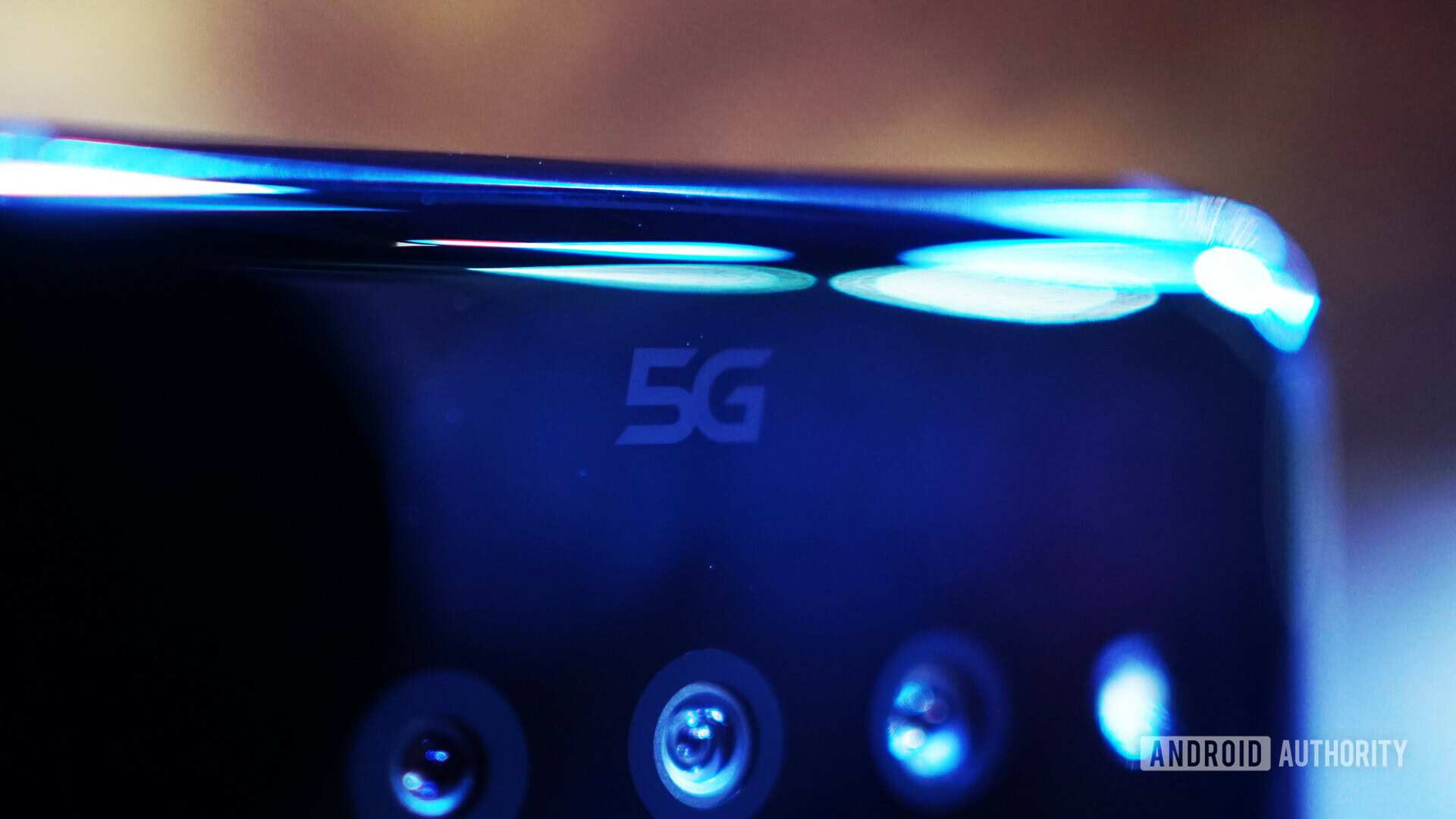
As the name suggests, mmWave represents electromagnetic waves that have extremely short, millimeter wavelengths. The shorter the wavelength, the higher the frequency. So in other words, mmWave signals have high frequencies, to the tune of 28 to 100GHz. Contrast that range to 4G LTE or even lower band 5G, and you’ll find that most existing frequency bands today barely exceed 5GHz.
There’s an important reason for all of this. Higher frequency signals are capable of carrying more data, which directly translates to more bandwidth and faster network speeds. For some context, mmWave 5G devices can offer maximum speeds of around 4-5Gbps, although real-world consumer speeds are often lower. Still, mmWave can be faster than most wired fiber broadband connections. By comparison, the best sub-6GHz connections can hit a few hundred Mbps, although tens of Mbps is often more realistic.
mmWave 5G promises impressive data speeds, well in excess of most broadband connections.
However, the downside of mmWave signals is that they’re significantly more susceptible to losses when passing through obstacles. In reality, you might only see a few hundred megabits per second, unless you have a direct line of sight with a mmWave cell tower. This is where lower frequency 5G bands come in. These lie in the range of 1 to 6GHz and are often referred to as sub-6GHz 5G
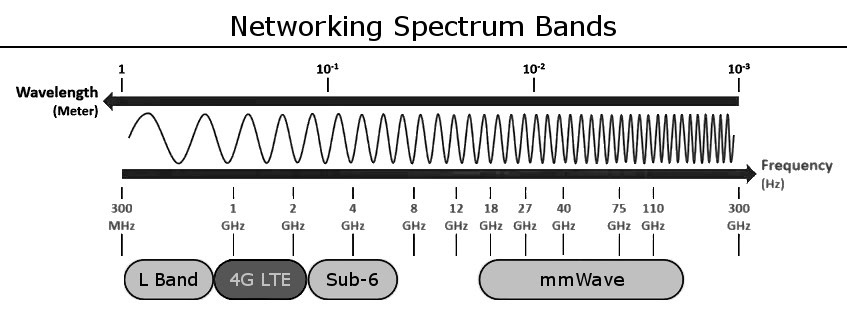
Sub-6GHz 5G bands occupy similar frequency ranges as previous generations, so they’re not as much of a departure as mmWave 5G. While the frequencies themselves only offer a small improvement in terms of speed over LTE, more spectrum with sub-6GHz means more bandwidth and faster user speeds. In addition, these lower frequency signals retain the ability to better penetrate obstacles.
Given the proximity to existing LTE bands as well as some carriers repurposing bands for 5G, sub-6GHz spectrum is the most commonly used as the backbone of global 5G deployments. The n78 band — at 3.5GHz — is one of the most popular 5G frequencies in use worldwide. Admittedly, you won’t get chart-topping speeds because it falls in the sub-6GHz spectrum but it will help offer better coverage and a stronger signal. Similarly, the n41 band is also pretty popular. It’s the same 2.5GHz frequency that carriers have used for 4G and 3G deployments in the past, and T-Mobile has repurposed it from LTE to 5G Standalone use in the US.
See also: The state of 5G: Hype versus reality two years later
What speeds can I expect from mmWave 5G?
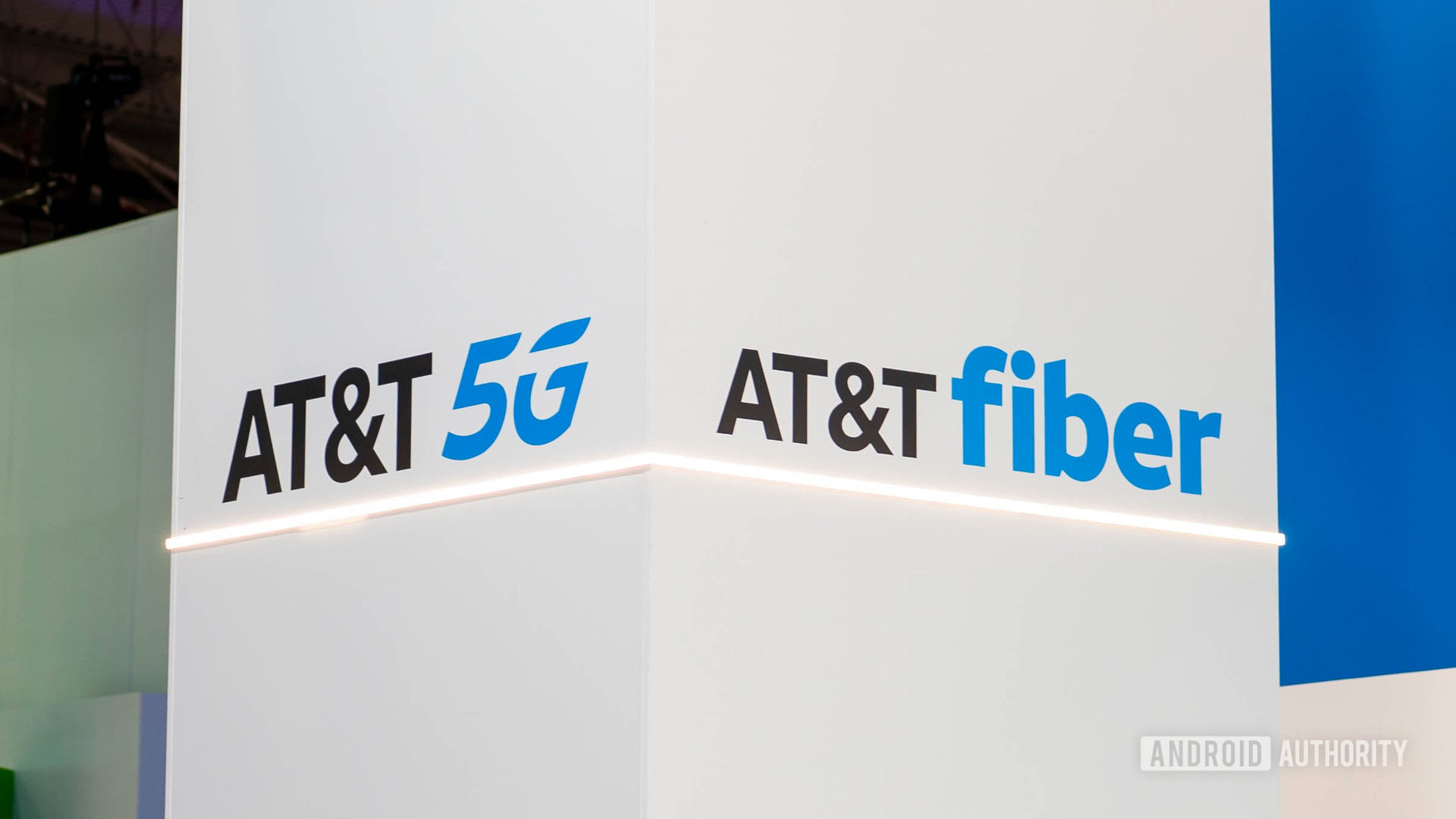
If you’re lucky enough to live in the vicinity of a mmWave 5G tower, you’ll be happy to know that download speeds can top out and even exceed 1Gb/s. That’s much faster than most broadband connections! However, this figure only represents a best-case scenario. As we alluded to earlier, virtually any obstruction between you and the tower will have a negative impact on download and upload speeds. When using mmWave 5G on the go, expect signal strength and network speeds to fluctuate heavily depending on your proximity to the nearest broadcasting tower.
If you live in a smaller city or town, chances are that you’ll only have sub-6GHz 5G service. In the US, carriers have only deployed mmWave 5G in dense urban environments so far. You can check your carrier’s website for mmWave coverage, check below for carrier-specific links. Low-band 5G tends to offer only marginally better speeds than the average LTE connection, in the range of 100-200Mb/s. That said, sub-6GHz 5G does still provide numerous other benefits over 4G, like better network capacity and consistency.
Does my carrier use mmWave 5G?
To find out if you have mmWave 5G service near you, check out your carrier’s coverage map:
- Verizon: Verizon calls its mmWave implementation “5G Ultra Wideband” and offers it in most US cities. “5G Nationwide”, meanwhile, refers to the company’s sub-6GHz 5G service.
- T-Mobile: T-Mobile’s mmWave service is dubbed “Ultra Capacity 5G” or 5G UC, while low-band gets the “5G Extended Range” label.
- AT&T: At&t offers mmWave 5G in a good number of US cities under the “5G+” branding today. Regular 5G, meanwhile, denotes sub-6GHz service.
What’s the problem with mmWave 5G?
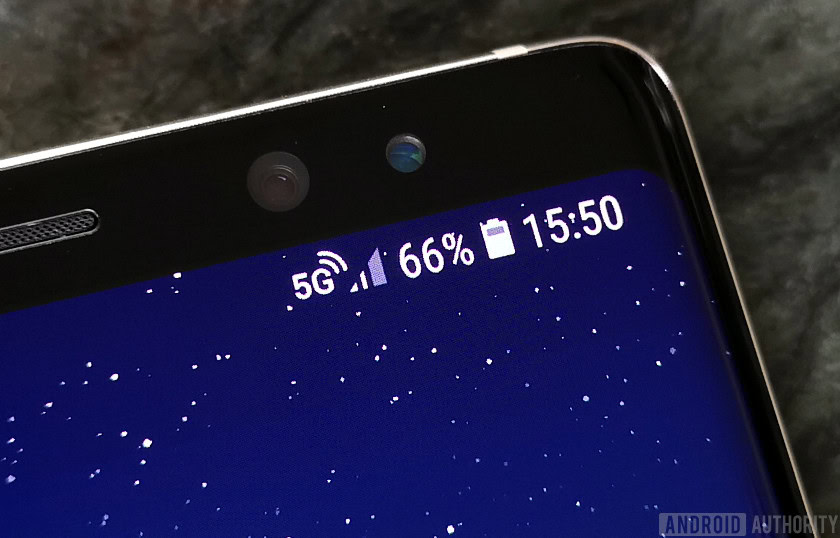
The race to reach higher frequencies has already been heating up in other wireless industries for several years now. Yet, time and time again, we’ve found that higher frequencies aren’t universally better.
Take Wi-Fi, for example. Most routers today are capable of broadcasting at both 2.4GHz and 5GHz. As you’d expect, the former is great for range. 5GHz signals accomplish significantly higher transfer speeds but cannot penetrate walls as easily. Your devices typically switch between the two bands automatically, depending on the signal strength and other factors.
See also: The definitive guide to Wi-Fi standards
60GHz Wi-Fi already demonstrated that higher frequencies are not always practical in the real world.
While the Wi-Fi industry has experimented with higher frequencies like 60GHz, it wasn’t found to be practical outside of niche use-cases. With the latest Wi-Fi 6E standard operating in the 6GHz band, we’ve realized that incremental increases are better than giant leaps at the cost of practicality.
All of this isn’t entirely unlike mmWave in the cellular industry, which promises to deliver unprecedented speeds that we’ve all subtly associated with 5G by now. However, for anyone living a reasonable distance away from a mobile tower, there’s little chance that mmWave signals will reach them due to the heightened probability of transmission loss.
Sub-6GHz 5G is essential for blanket coverage and bandwidth, while mmWave offers higher speeds over shorter distances.
As such, mmWave deployments are limited to short distances, such as a few streets, and areas that benefit most from extreme high bandwidth, such as stadiums and city centers. mmWave requires multiple tower placements to cover a wider area, which isn’t cheap. Sub-6GHz and low band, by comparison, offer far better blanket coverage, and therefore form the essential backbone for improving 5G network speeds for most consumers.
When will mmWave 5G become more widely available?
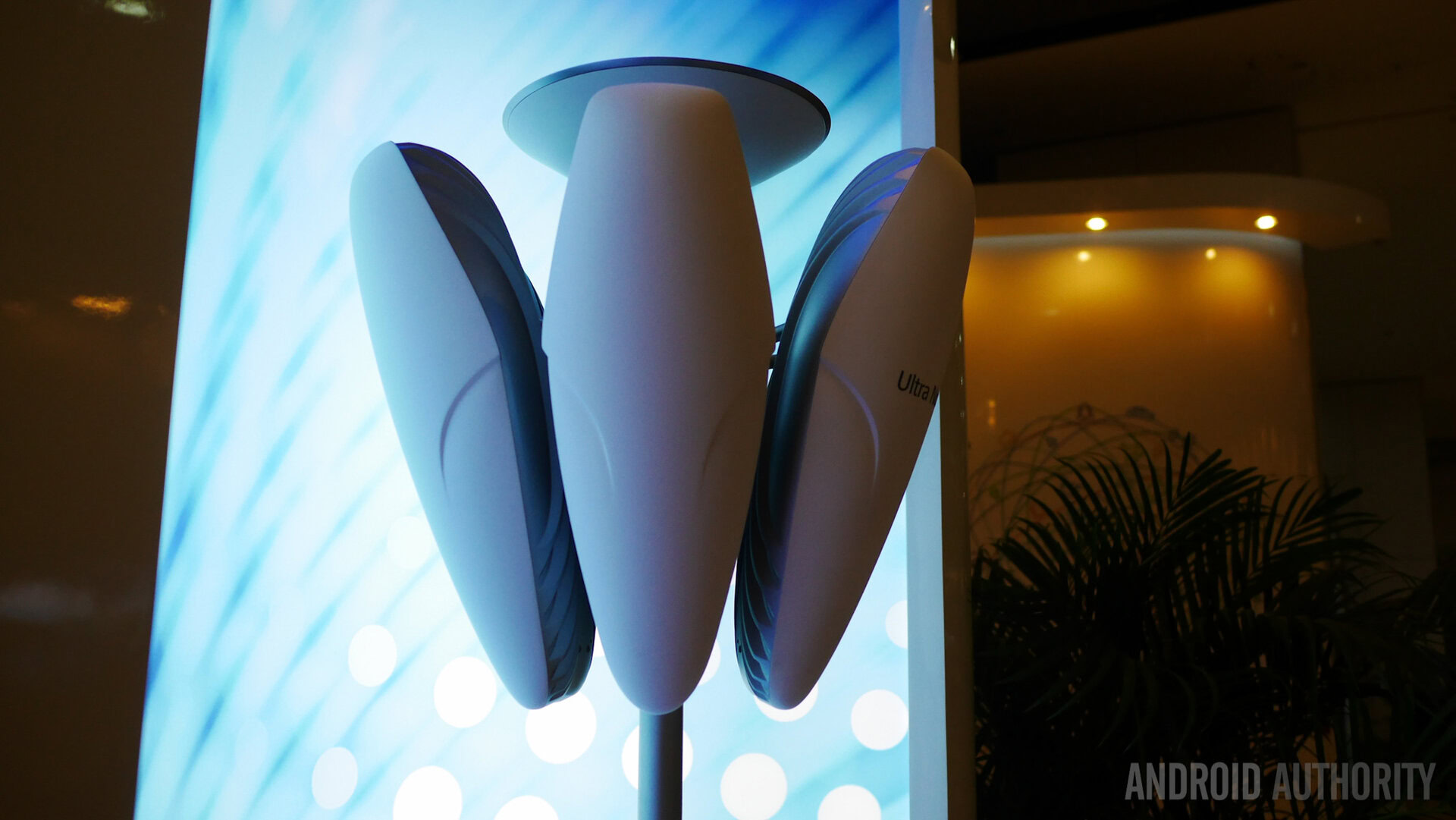
Delivering mmWave signals far and wide will require operators to build out more extensive and denser infrastructure than ever before. As you probably already know by now, that’s simply not a reality yet. Even setting aside the high costs, we’re yet to see use cases that demand much faster 5G data transmission than public broadband connections either. At least not yet.
Read more: Which US cities have 5G coverage today?
It may take years for such infrastructure to materialize outside of the largest cities in your country. Despite that, telecom operators in some countries like the US have been trying to push mmWave for years now. As we mentioned, sub-6GHz is a smaller step up from 4G LTE and offers broader coverage, making it the faster and more affordable option for carriers starting their 5G deployments.
Only a handful of countries have active deployments of mmWave 5G. Most carriers outside the US have opted for sub-6GHz only.
There are only a handful of countries that have active mmWave deployments at the moment. While the US, Japan, South Korea, Australia, and Singapore all have 5G networks, keep in mind that mmWave is usually only available in certain cities or neighborhoods. Sub-6GHz 5G, on the other hand, is much more widely available, both locally and globally.
Which phones skip mmWave 5G?
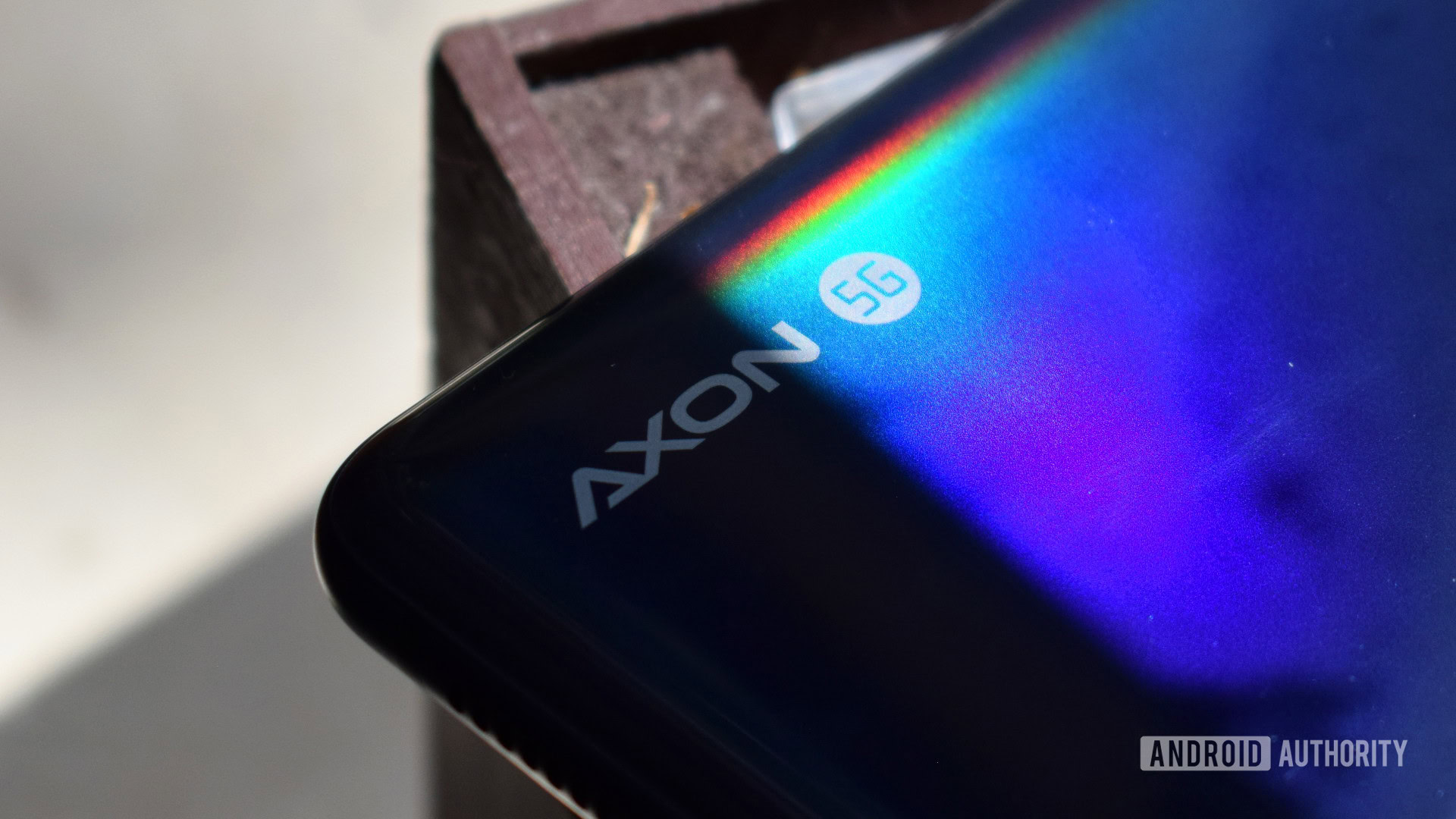
If you consult spec sheets often, you’ll know that smartphone features regularly differ from one region to the next. This is true for 5G compatibility as well. The Pixel 6 Pro, for example, only includes mmWave 5G support in the US, Australia, and Japan. Other countries, including Canada and most of Europe, get a different model that is limited to sub-6GHz 5G.
The Google Pixel 6, on the other hand, is sold in two configurations in the US — an unlocked version with sub-6GHz 5G for $599 and the other with mmWave 5G for $699. The latter is offered through carriers such as Verizon and AT&T. This price bump can be attributed to mmWave implementations requiring specialized radio hardware and antennas.
Smartphone manufacturers usually include mmWave hardware and antennas in region and carrier-specific models.
In the US and other key mmWave markets, premium devices like the Galaxy S22 series and iPhone 14 almost always include support for mmWave 5G. But other markets may only sell a sub-6GHz model. As for lower-end devices, you may find carrier-specific models with mmWave support, but be prepared to pay extra.
Should you buy a sub-6GHz or mmWave 5G smartphone?
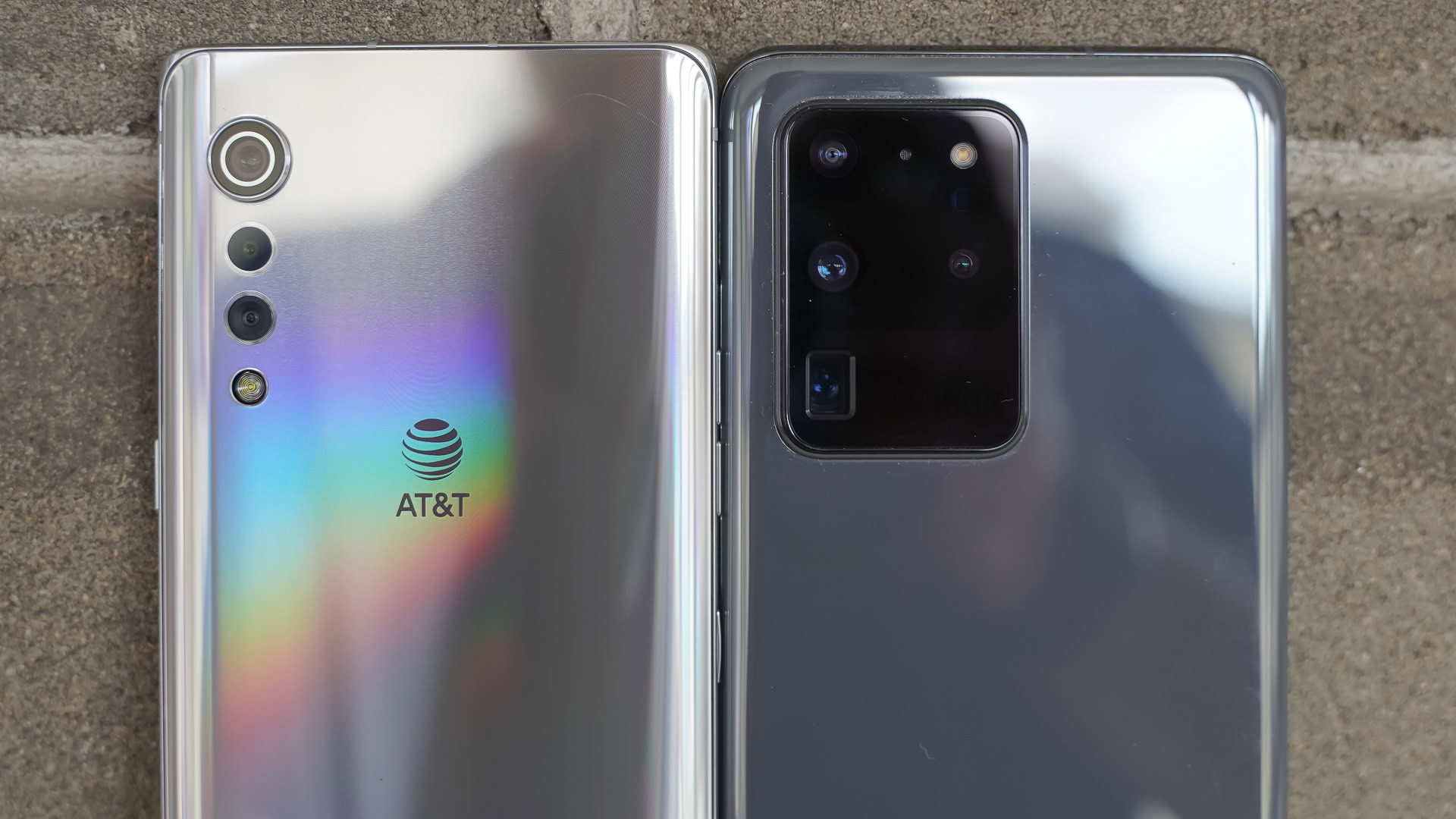
Whether or not you should pay the price premium for mmWave depends on your use case and whether you live in a densely populated area that actually offers mmWave coverage. Concerts and sporting events, for example, are infamous for inducing network congestion in traditional cell phone networks. mmWave 5G could definitely help in these scenarios. Before you buy, be sure to consult your carrier’s 5G coverage map to make sure you will receive a 5G mmWave connection in your area.
Beyond just faster speeds, mmWave 5G has the potential to alleviate network congestion in densely packed areas like cities, sporting events, and concerts.
Outside of the aforementioned mmWave markets, though, most manufacturers have only adopted sub-6GHz bands for their 5G devices. Most of Europe, for example, has next to zero mmWave coverage at the moment. To that end, most smartphones available in the region will not feature support for higher frequencies anyway. It’s certainly not worth importing a mmWave handset for futureproofing either, as there’s no guarantee it will support future local mmWave carrier bands.
While many countries have held auctions for the mmWave spectrum of late, the actual rollout will likely still take several years. Regardless, though, outside of a handful of applications, sub-6GHz should serve most of us well enough for the foreseeable future.
Now that you’re up to speed on the differences between the different types of 5G deployments worldwide, consider checking out our comprehensive guide to 5G. It explores how the new standard differs from previous generations and discusses the technology’s real-world implications in the years to come.